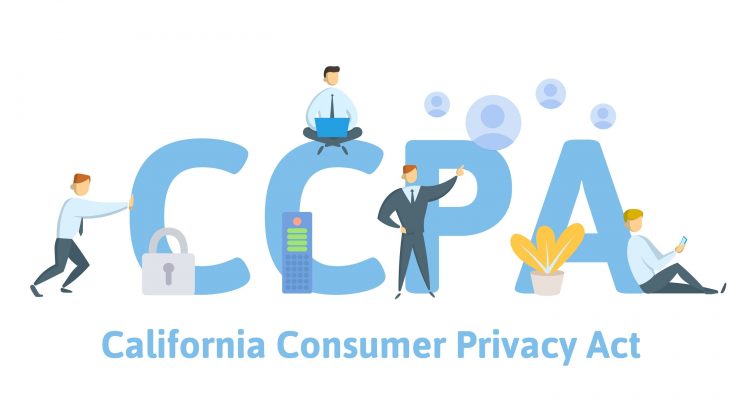The California Consumer Privacy Act (CCPA) takes effect on January 1st, 2020. With the new law now upon us, some Illinois based businesses (or other out-of-state website operators and online service providers) may need to comply with the CCPA and other existing California data privacy laws. All website operators and online service providers with visitors Read More…
Website Compliance
Big Click-Wrap Agreement Lesson Provided By The 7th Circuit!
Enforceable Click-Wrap Agreement If your business operates a website online that uses a click-wrap agreement, you should pay close attention to the recent decision reached in the Seventh Circuit Federal Court of Appeals. In Sgouros v. TransUnion Corp., No. 15-1371, 2016 WL 1169411 (7th Cir. March 25, 2016), the Court invalidated the arbitration clause contained Read More…
When Is A Website Disclaimer Effective?
A website disclaimer relates to your specific website content. These disclaimers are not generally required under any specific law. But, using the appropriate website disclaimer on your website is necessary to avoid legal liability in many instances. Website disclaimers are essentially used to: i) walk away from some responsibility or potential liability; or ii) to Read More…
How To Make Website Terms Enforceable 101!
Website user agreements and terms and conditions relating to subscriptions/memberships or to product or service purchases are the most common agreements online. These agreements take form as either a “click-wrap” or “browse-wrap” agreement. “Click-wrap” agreements are agreements where the user or purchaser agrees to the terms of an agreement by pointing and clicking a mouse. Read More…
Are Email & Other E-Contracts Enforceable?
An “e-contract” is essentially any type of written agreement or contract between two or more parties that exists only in an electronic format. Most issues involving the enforceability of agreements entered into with businesses online generally involve click-wrap agreements, or browse-wrap agreements and email communications. Under traditional contract law, certain types of contracts must be Read More…
Where Internet Jurisdiction Can Get Your Business Sued!
The concept of Internet jurisdiction can be complicated and unclear. What happens when a dispute arises over an item or service purchased from your business through the internet? If that dispute turns into a lawsuit, it could be with an individual residing across the country from your business. What happens then? If you live in Read More…
New California Online Privacy Laws Bring Big Changes!
California is at again! Recently, the state has enacted a wave of new online privacy laws that website, online service, application or database operators that collect personally identifiable information must follow. Of course, many websites, apps and online services are made available to a national and/or global audience, including residents of California.> There are 4 Read More…
Who Gets DMCA Protection?
The Digital Millennium Copyright Act (“DMCA”) is something you must be familiar with if you operate a blog, chat room or interactive website. The law has two basic functions. First, it protects copyright owners by providing them with a mechanism to enforce their rights without having to directly sue the infringer! The DMCA allows copyright Read More…


